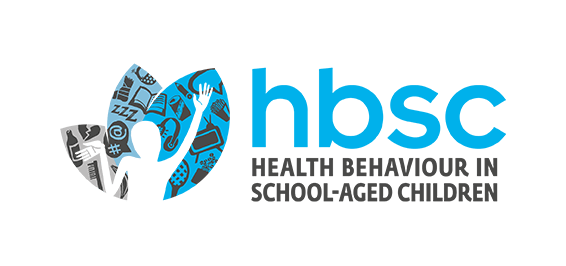The Italian HBSC team has released a comprehensive report on digital technology use among adolescents, providing crucial insights into the patterns and potential risks associated with social media use and gaming habits. The report, titled “Digital Technologies in Adolescents“, analyses data from the 2021/22 HBSC survey, offering a detailed look at how Italian youth interact with these increasingly prevalent aspects of modern life.
Social media use: widespread but not without risks
Alarmingly, the report notes that 20% of children report feeling lonely most of the time or always in the past 12 months. Additionally, the WHO-5 Well-Being Index indicates that 36% of children are classified as having low mood or being at risk of depression. These issues were particularly pronounced among girls and older children, signalling a need for targeted mental health interventions in these groups.
Substance use shifts
The report reveals that social media has become an integral part of Italian adolescents’ daily lives, with approximately 80% using these platforms every day. This widespread use highlights the pivotal role of social media in how young people communicate and interact socially.
However, the findings also highlight potential concerns, with one in ten adolescents showing signs of problematic social media use. This risk appears to be particularly pronounced among 13-year-old girls, with 40% of this demographic group exhibiting indicators of problematic usage. This concerning finding underscores the importance of developing tailored interventions and support systems for this at-risk population.
The report also examines the nature of online interactions, finding that over two-thirds of 11-year-olds have daily online contact with close friends, a figure that rises to 85% among 17-year-olds. This trend reflects the growing importance of digital platforms in maintaining and strengthening peer relationships throughout adolescence.
Video gaming: a gendered landscape
The HBSC Italy report provides valuable data on video game usage, an area that has seen increased attention in recent years. Approximately 25% of Italian adolescents engage in daily video gaming, with a notably higher prevalence and intensity of use among boys.
Video game use is markedly higher among boys, with 80% reporting daily or weekly engagement, compared to 40% of girls. The report also indicates that boys are at a higher risk of developing problematic gaming behaviours, highlighting the need for gender-sensitive approaches in addressing potential issues related to excessive gaming.
Age-related trends and socioeconomic factors
The report identifies several age-related trends in digital technology use. For instance, the frequency of social media use tends to increase with age, while video gaming shows a slight decrease in prevalence as adolescents grow older.
Notably, the study found that problematic digital technology use was relatively consistent across socioeconomic groups, indicating that these challenges affect adolescents from all walks of life. However, a slightly higher risk was observed among younger adolescents from lower socioeconomic backgrounds, particularly concerning problematic video game use.
Regional variations and policy implications
The report identifies several age-related trends in digital technology use. For instance, the frequency of social media use tends to increase with age, while video gaming shows a slight decrease in prevalence as adolescents grow older.
Notably, the study found that problematic digital technology use was relatively consistent across socioeconomic groups, indicating that these challenges affect adolescents from all walks of life. However, a slightly higher risk was observed among younger adolescents from lower socioeconomic backgrounds, particularly concerning problematic video game use.
Impact of COVID-19
The pandemic has had a mixed impact on children’s lives, according to the report. While 54% reported a positive impact on relationships with their family, and 46% saw improvements in physical activity, there were concerning effects too. A significant 40% of children reported negative impacts on their mental health and school performance due to COVID-19 measures. These findings underscore the need for tailored support as children continue to navigate the aftermath of the pandemic.
- Targeted interventions for vulnerable groups, particularly 13-year-old girls at risk of problematic social media use
- Gender-sensitive approaches to address the higher prevalence of problematic video gaming among boys
- Age-appropriate education programmes on responsible digital technology use
- Continued monitoring and research to track evolving trends in adolescent technology use
The HBSC Italy team emphasises the importance of viewing these results within the broader context of adolescent health and well-being. Digital technologies, when used responsibly, can enhance social connections and provide valuable learning opportunities. However, the potential for problematic use underscores the need for ongoing research, education, and support systems.
This report contributes valuable data to the growing body of knowledge on adolescent digital technology use, providing a solid foundation for evidence-based policies and interventions in Italy and beyond. As digital platforms continue to evolve and shape the lives of young people, such research will be crucial in ensuring that adolescents can navigate the digital landscape safely and beneficially.
Read the report (Italian)

